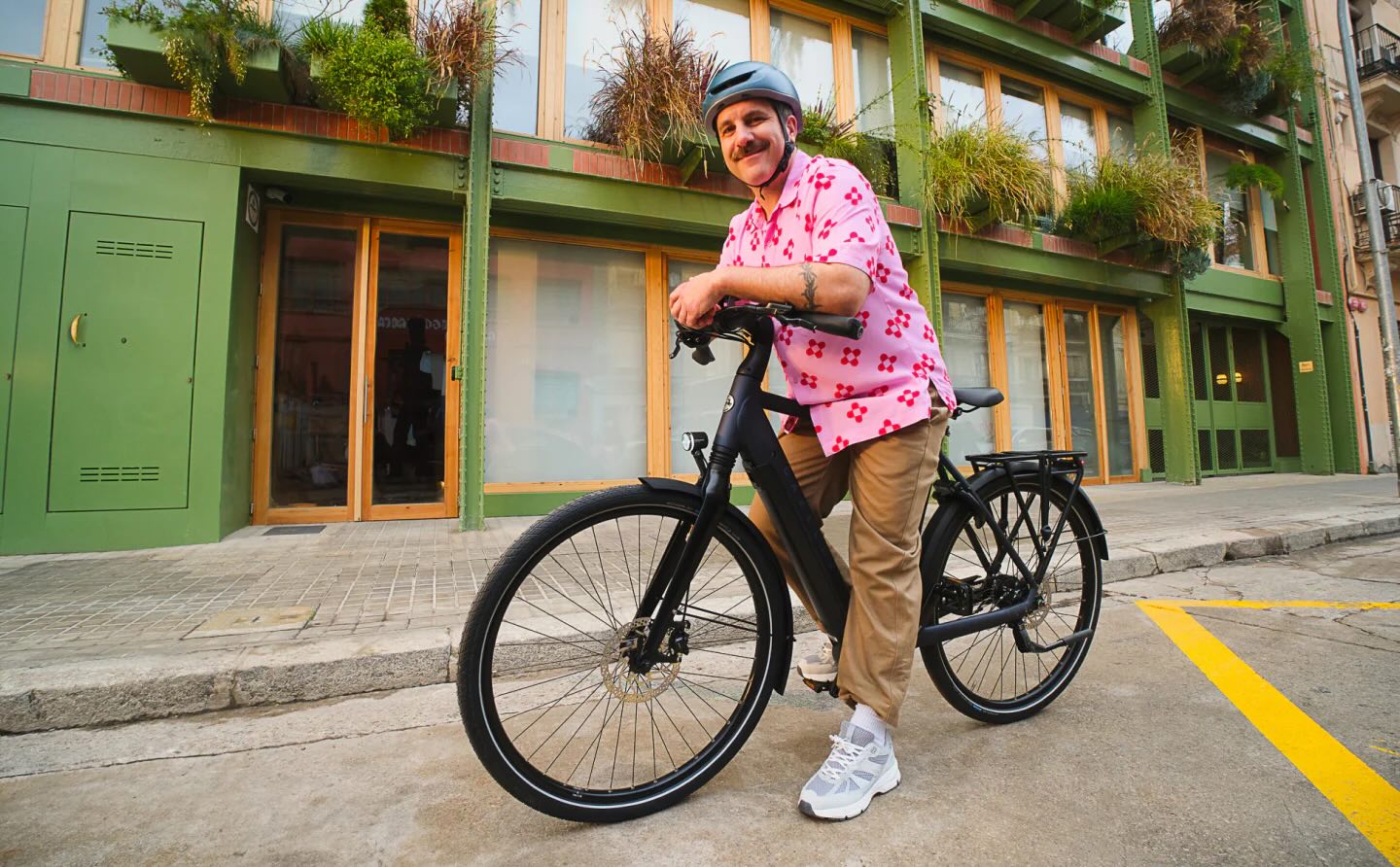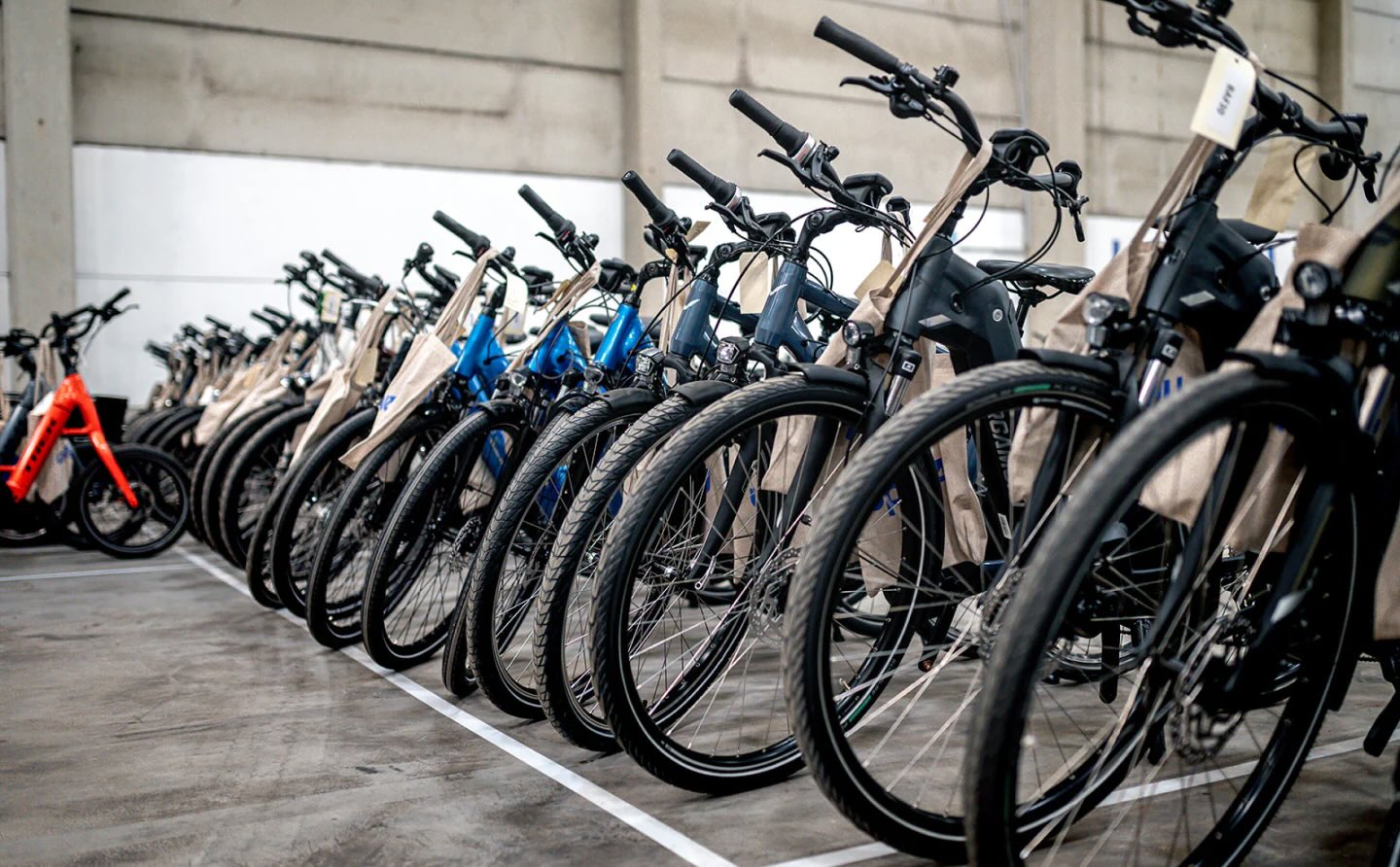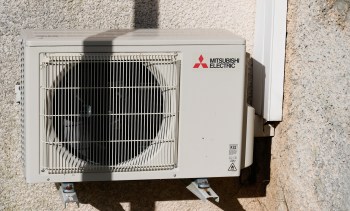Researchers have created a new tsunami detection system that could save a lot of lives.
Scientists at Cardiff University in Wales, United Kingdom, have developed a technology that utilizes underwater sound waves to provide real-time warnings of a tsunami.
The new system, Global Real-time Early Assessment of Tsunamis (GREAT), detects sound waves using underwater microphones called hydrophones.
GREAT can also capture the properties of tsunamis from non-seismic sources because they also generate acoustic gravity waves.
This will be important when a tsunami, or something resembling a tsunami, is caused by extreme weather, which is becoming more common due to the overheating of the planet.
"The technology runs in real-time, without relying on pre-set templates or assumptions, and has been tested successfully using real hydrophone data," said project lead Dr. Usama Kadri.
Save $10,000 on solar panels without even sharing your phone number Want to go solar but not sure who to trust? EnergySage has your back with free and transparent quotes from fully vetted providers that can help you save as much as $10k on installation. To get started, just answer a few questions about your home — no phone number required. Within a day or two, EnergySage will email you the best local options for your needs, and their expert advisers can help you compare quotes and pick a winner. |
Current forms of detection, like DART, are based on sea-level sensors and only detect tsunamis after they've already arrived. They're slow to warn and leave little time to respond, especially if an area is close to the source.
The deadly 2004 tsunami in Thailand, in which the waves arrived just 14 minutes after an earthquake and killed nearly 230,000 people, is an example of this.
Traditional forms of detection can also create false alarms, which can lead to mistrust in the warning system and potentially unnecessary deaths. On top of that, they're incapable of assessing the size of a tsunami or if one is generated from non-seismic sources.
The GREAT project has been underway for years, beginning in 2013, and it's scheduled to be completed in 2030.
TCD Picks » Upway Spotlight
💡Upway makes it easy to find discounts of up to 60% on premium e-bike brands
|
Do you worry about air pollution in your town? Click your choice to see results and speak your mind. |
The biggest issue the GREAT system is facing is a lack of hydroacoustic stations. There are only 11 stations globally, and only four of those provide real-time data. Only tsunamis within a certain range of those four stations will be picked up.
"Provided an event is within a thousand kilometers (about 621 miles) from a hydrophone station, it will take on average, six minutes for an end-to-end assessment," Dr. Kadri said. "The analysis itself takes only a few seconds on a standard PC station."
Join our free newsletter for weekly updates on the latest innovations improving our lives and shaping our future, and don't miss this cool list of easy ways to help yourself while helping the planet.















